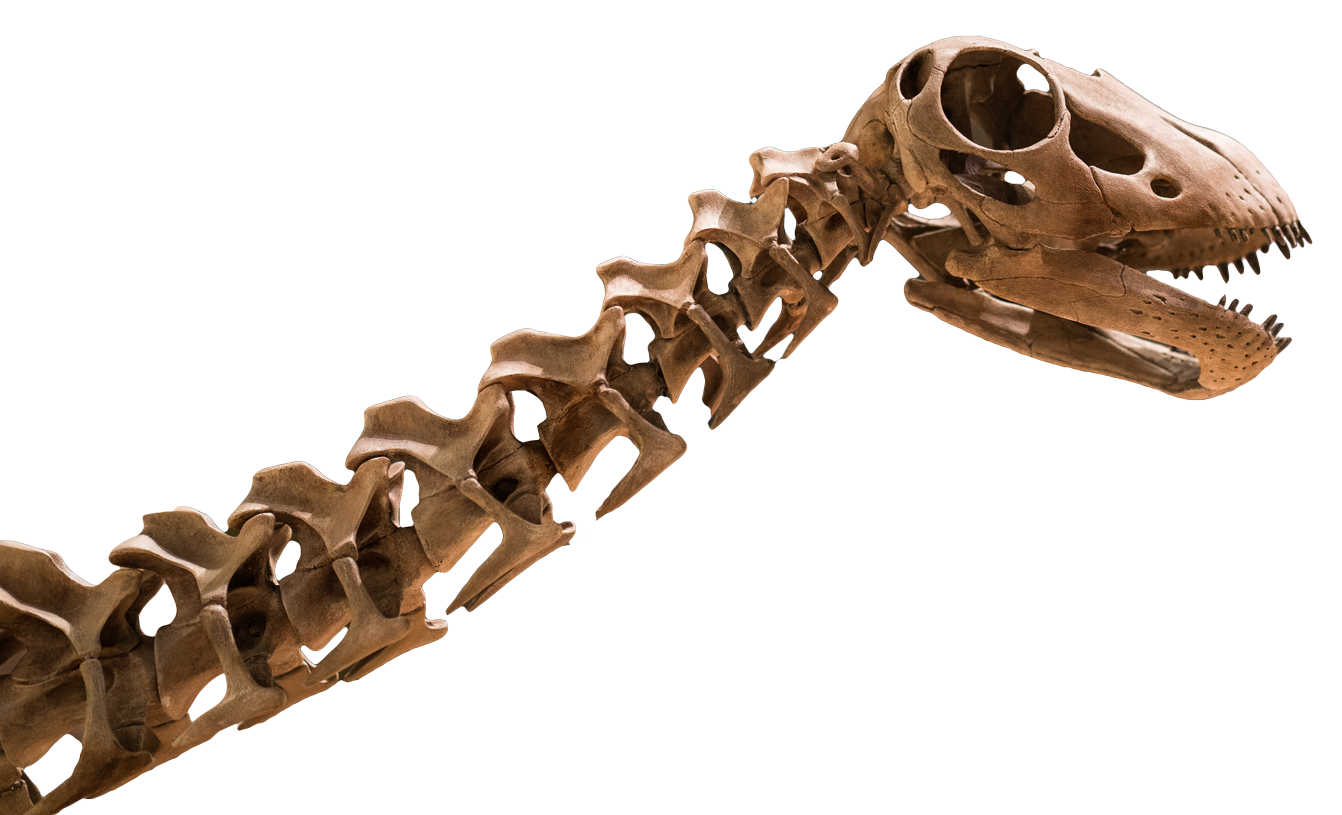Marine communities of the Cretaceous Period were more like those of the modern world than those preserved in older rocks of Oklahoma. Trilobites were long gone, and other groups, like brachiopods and crinoids, were far less important in the Cretaceous seas. Snails, bivalves and sea urchins were all important, as they are today. Ammonite cephalopods were abundant during the Cretaceous, but they were destined to disappear in the major extinction at the end of the period. The number of predators on shelled invertebrates increased in Cretaceous and younger communities. Many of the prey species burrowed below the sand and mud of the sea floor for protection.
Can I find Cretaceous fossils in Oklahoma?
Cretaceous rocks and fossils are found along the Red River in the southern part of the state.



